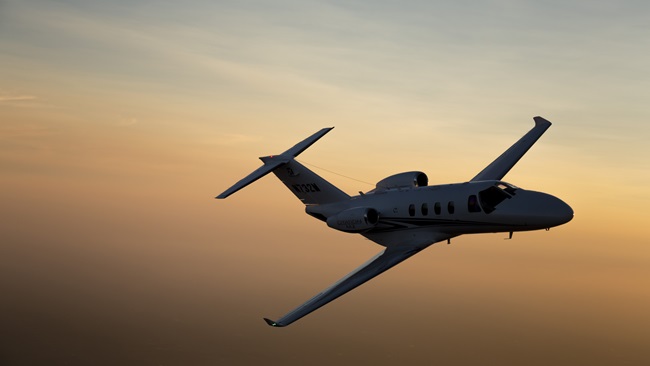Quick Look: Grumman Gulfstream G1
The original purpose-built corporate barge

In 1958, when the Gulfstream debuted, jets were in their infancy and the few around were big, noisy, and thirsty, with lousy runway performance. Turboprops married turbine reliability with runway performance, allowing the Gulfstream to utilize smaller airports.
Now referred to as the Gulfstream I or “G1,” the model G159 was essentially the first purpose-built business airplane. The old-tech Rolls-Royce Dart turboprops are bulletproof as long as pilots respect their limitations, said Randy Davis at Phoenix. Except for parts commonality with its follow-on designs, Gulfstream no longer supports the G1.
The Gulfstream ushered in many innovations. In particular, the auxiliary power unit (APU) allowed the Gulfstream to be largely self-sufficient. So new was the APU that there wasn’t even a name for it yet. In a pilot report in the September 1961 >Air Facts, author Robert Buck referred to Gulfstream’s APU simply as, “the turbine in the tail.”
Buck also praised the “comprehensive warning system” in the Gulfstream’s cockpit, which is essentially the precursor to modern engine-indicating and crew-alerting system. Instead of a single warning light telling the pilots that something is wrong, master warning lights in front of both pilots and a lighted panel on both sides pinpoint the faulty system. Again, ahead of its time.
Takeoff distance at the 35,100-pound maximum takeoff weight is about 2,300 feet. Takeoff and initial climb performance can also be boosted with Gulfstream’s automatic water-methanol-injection system. Injecting this mixture into the fuel, Buck describes, “in effect, lowers the density altitude of the engine and makes a cool day out of a hot one.” Smith said it makes a noticeable difference in single-engine climb rate.
Davis reports the Gulfstream has no hydraulically boosted controls. “Controls aren’t light, but they’re not heavy either,” he said. He reports cruise speeds in the 270- to 280-knot range in the mid 20s. Fuel burn at that speed is 1,300 to 1,400 pounds per hour.
Want to get down quick? The Gulfstream’s speedbrake is an extension of the main landing gear only, which can be deployed up to the airplane’s 310 KIAS V>NE. Another interesting fact is that the basic fuselage structure of the original Gulfstream is used on all Gulfstream jets through the G550. The 2012 introduction of the G650 finally nixed the legacy tube. Even the main entry door is essentially the same.
More than 200 Gulfstreams were built during an 11-year production run ending in 1969. Walt Disney bought one in 1964 and shuttled himself and his “Imagineers” from Burbank, California, to Orlando during construction of Disney World. Today, N234MM is on display at the park’s backlot tour.
Buck’s Air Facts article sums up the Gulfstream well: “Grumman has created a modern airplane with high performance, reliability, flexibility, and self-sufficiency—and while doing it, they have retained the simple flight characteristics we all understand and like.” Knowing what we do about Gulfstream and its lineage nearly 60 years later, Buck was on target.


